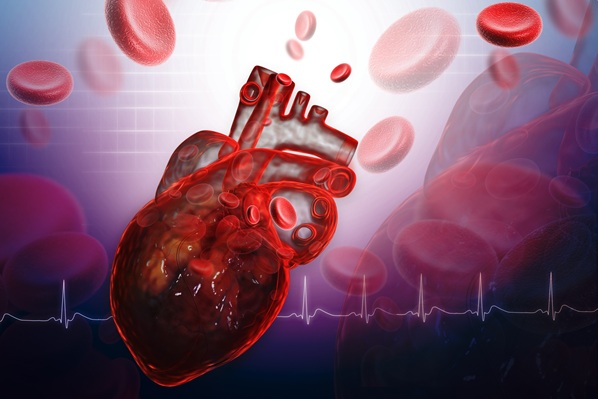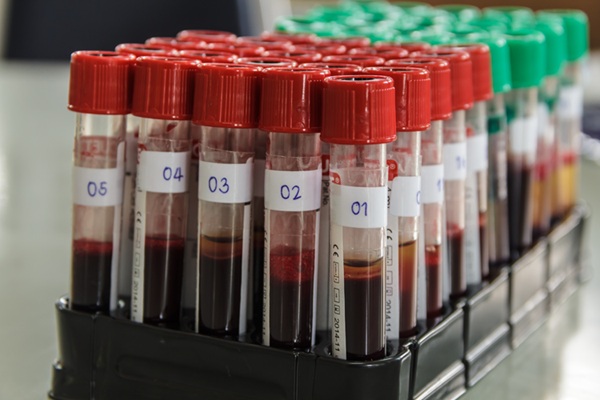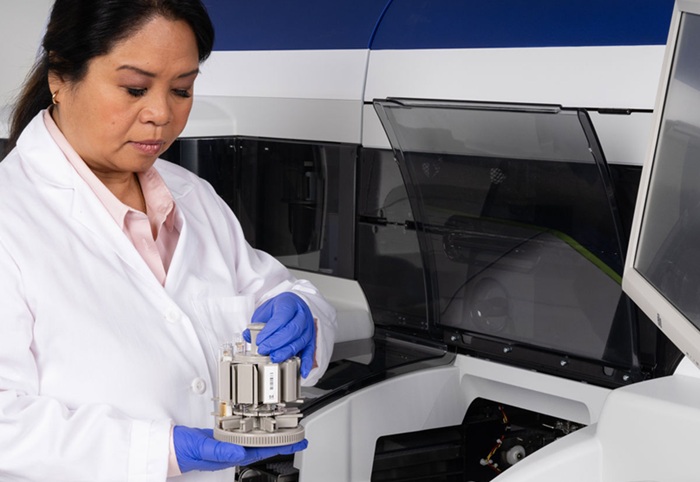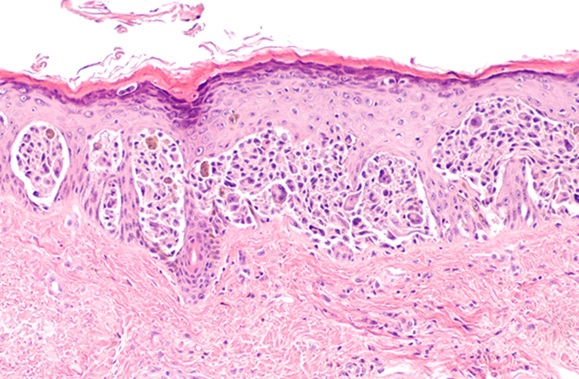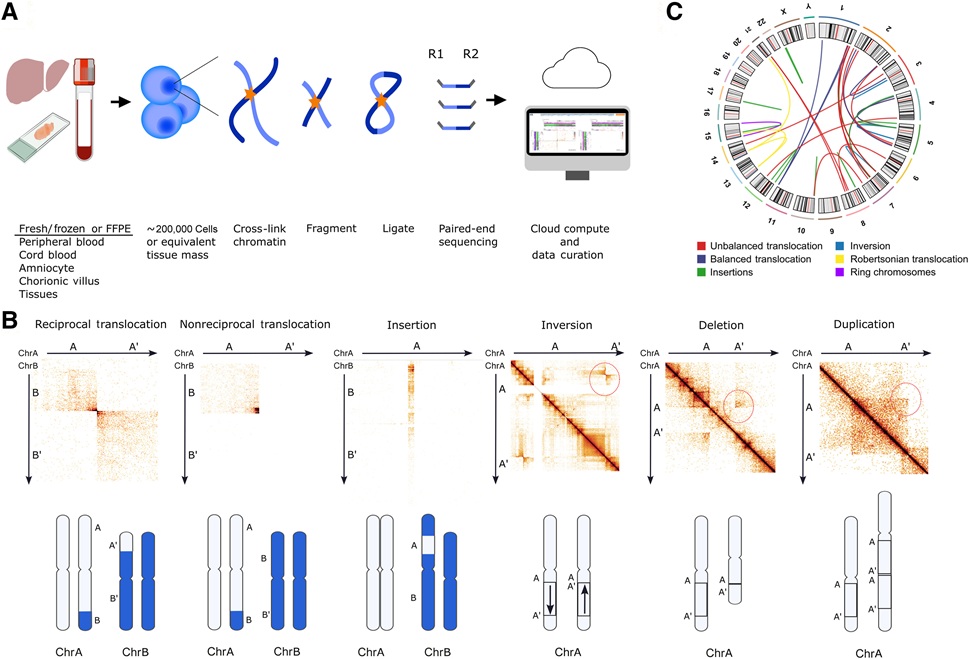Expo
view channel
view channel
view channel
view channel
view channel
view channel
view channel
view channel
view channel
Clinical Chem.Molecular Diagnostics
ImmunologyMicrobiologyPathologyTechnologyIndustry
Events
Webinars

- Portable Raman Spectroscopy Offers Cost-Effective Kidney Disease Diagnosis at POC
- Gold Nanoparticles to Improve Accuracy of Ovarian Cancer Diagnosis
- Simultaneous Cell Isolation Technology Improves Cancer Diagnostic Accuracy
- Simple Non-Invasive Hair-Based Test Could Speed ALS Diagnosis
- Paper Strip Saliva Test Detects Elevated Uric Acid Levels Without Blood Draws
- Dual Blood Biomarkers Improve ALS Diagnostic Accuracy
- Automated Test Distinguishes Dengue from Acute Fever-Causing Illnesses In 18 Minutes
- High-Sensitivity Troponin I Assay Aids in Diagnosis of Myocardial Infarction
- Fast Low-Cost Alzheimer’s Tests Could Detect Disease in Early and Silent Stages
- Further Investigation of FISH-Negative Tests for Renal Cell Carcinoma Improves Diagnostic Accuracy
- Viscoelastic Testing Could Improve Treatment of Maternal Hemorrhage
- Pioneering Model Measures Radiation Exposure in Blood for Precise Cancer Treatments
- Platelets Could Improve Early and Minimally Invasive Detection of Cancer
- Portable and Disposable Device Obtains Platelet-Rich Plasma Without Complex Equipment
- Disposable Cartridge-Based Test Delivers Rapid and Accurate CBC Results
- Blood-Based Liquid Biopsy Model Analyzes Immunotherapy Effectiveness
- Signature Genes Predict T-Cell Expansion in Cancer Immunotherapy
- Molecular Microscope Diagnostic System Assesses Lung Transplant Rejection
- Blood Test Tracks Treatment Resistance in High-Grade Serous Ovarian Cancer
- Luminescent Probe Measures Immune Cell Activity in Real Time
- High-Throughput Enteric Panels Detect Multiple GI Bacterial Infections from Single Stool Swab Sample
- Fast Noninvasive Bedside Test Uses Sugar Fingerprint to Detect Fungal Infections
- Rapid Sepsis Diagnostic Device to Enable Personalized Critical Care for ICU Patients
- Microfluidic Platform Assesses Neutrophil Function in Sepsis Patients
- New Diagnostic Method Confirms Sepsis Infections Earlier
- Portable Biosensor Diagnoses Psychiatric Disorders Using Saliva Samples
- Cell-Sorting Device Uses Electromagnetic Levitation to Precisely Direct Cell Movement
- Embedded GPU Platform Enables Rapid Blood Profiling for POC Diagnostics
- Viral Biosensor Test Simultaneously Detects Hepatitis and HIV
- Acoustofluidic Device to Transform Point-Of-Care sEV-Based Diagnostics
- Qiagen Acquires Single-Cell Omics Firm Parse Biosciences
- Puritan Medical Products Showcasing Innovation at AMP2025 in Boston
- Advanced Instruments Merged Under Nova Biomedical Name
- Bio-Rad and Biodesix Partner to Develop Droplet Digital PCR High Complexity Assays
- Hologic to be Acquired by Blackstone and TPG
- Gene Panel Predicts Disease Progession for Patients with B-cell Lymphoma
- New Method Simplifies Preparation of Tumor Genomic DNA Libraries
- New Tool Developed for Diagnosis of Chronic HBV Infection
- Panel of Genetic Loci Accurately Predicts Risk of Developing Gout
- Disrupted TGFB Signaling Linked to Increased Cancer-Related Bacteria
- Highly Sensitive Imaging Technique Detects Myelin Damage
- 3D Genome Mapping Tool to Improve Diagnosis and Treatment of Genetic Diseases
- New Molecular Analysis Tool to Improve Disease Diagnosis
- Tears Offer Noninvasive Alternative for Diagnosing Neurodegenerative Diseases
- AI-Powered Method Combines Blood Data to Accurately Measure Biological Age

 Expo
Expo
- Portable Raman Spectroscopy Offers Cost-Effective Kidney Disease Diagnosis at POC
- Gold Nanoparticles to Improve Accuracy of Ovarian Cancer Diagnosis
- Simultaneous Cell Isolation Technology Improves Cancer Diagnostic Accuracy
- Simple Non-Invasive Hair-Based Test Could Speed ALS Diagnosis
- Paper Strip Saliva Test Detects Elevated Uric Acid Levels Without Blood Draws
- Dual Blood Biomarkers Improve ALS Diagnostic Accuracy
- Automated Test Distinguishes Dengue from Acute Fever-Causing Illnesses In 18 Minutes
- High-Sensitivity Troponin I Assay Aids in Diagnosis of Myocardial Infarction
- Fast Low-Cost Alzheimer’s Tests Could Detect Disease in Early and Silent Stages
- Further Investigation of FISH-Negative Tests for Renal Cell Carcinoma Improves Diagnostic Accuracy
- Viscoelastic Testing Could Improve Treatment of Maternal Hemorrhage
- Pioneering Model Measures Radiation Exposure in Blood for Precise Cancer Treatments
- Platelets Could Improve Early and Minimally Invasive Detection of Cancer
- Portable and Disposable Device Obtains Platelet-Rich Plasma Without Complex Equipment
- Disposable Cartridge-Based Test Delivers Rapid and Accurate CBC Results
- Blood-Based Liquid Biopsy Model Analyzes Immunotherapy Effectiveness
- Signature Genes Predict T-Cell Expansion in Cancer Immunotherapy
- Molecular Microscope Diagnostic System Assesses Lung Transplant Rejection
- Blood Test Tracks Treatment Resistance in High-Grade Serous Ovarian Cancer
- Luminescent Probe Measures Immune Cell Activity in Real Time
- High-Throughput Enteric Panels Detect Multiple GI Bacterial Infections from Single Stool Swab Sample
- Fast Noninvasive Bedside Test Uses Sugar Fingerprint to Detect Fungal Infections
- Rapid Sepsis Diagnostic Device to Enable Personalized Critical Care for ICU Patients
- Microfluidic Platform Assesses Neutrophil Function in Sepsis Patients
- New Diagnostic Method Confirms Sepsis Infections Earlier
- Portable Biosensor Diagnoses Psychiatric Disorders Using Saliva Samples
- Cell-Sorting Device Uses Electromagnetic Levitation to Precisely Direct Cell Movement
- Embedded GPU Platform Enables Rapid Blood Profiling for POC Diagnostics
- Viral Biosensor Test Simultaneously Detects Hepatitis and HIV
- Acoustofluidic Device to Transform Point-Of-Care sEV-Based Diagnostics
- Qiagen Acquires Single-Cell Omics Firm Parse Biosciences
- Puritan Medical Products Showcasing Innovation at AMP2025 in Boston
- Advanced Instruments Merged Under Nova Biomedical Name
- Bio-Rad and Biodesix Partner to Develop Droplet Digital PCR High Complexity Assays
- Hologic to be Acquired by Blackstone and TPG
- Gene Panel Predicts Disease Progession for Patients with B-cell Lymphoma
- New Method Simplifies Preparation of Tumor Genomic DNA Libraries
- New Tool Developed for Diagnosis of Chronic HBV Infection
- Panel of Genetic Loci Accurately Predicts Risk of Developing Gout
- Disrupted TGFB Signaling Linked to Increased Cancer-Related Bacteria
- Highly Sensitive Imaging Technique Detects Myelin Damage
- 3D Genome Mapping Tool to Improve Diagnosis and Treatment of Genetic Diseases
- New Molecular Analysis Tool to Improve Disease Diagnosis
- Tears Offer Noninvasive Alternative for Diagnosing Neurodegenerative Diseases
- AI-Powered Method Combines Blood Data to Accurately Measure Biological Age

























